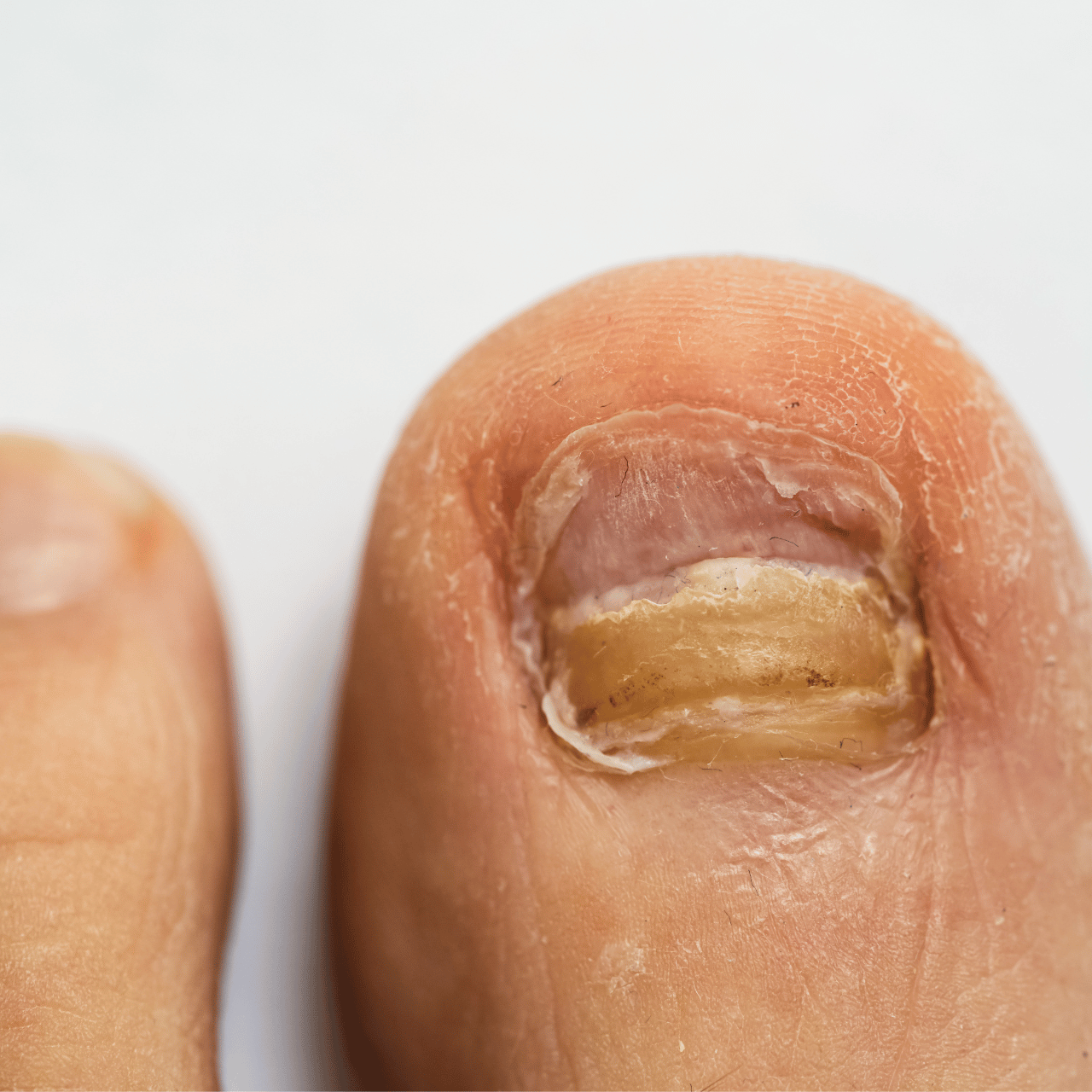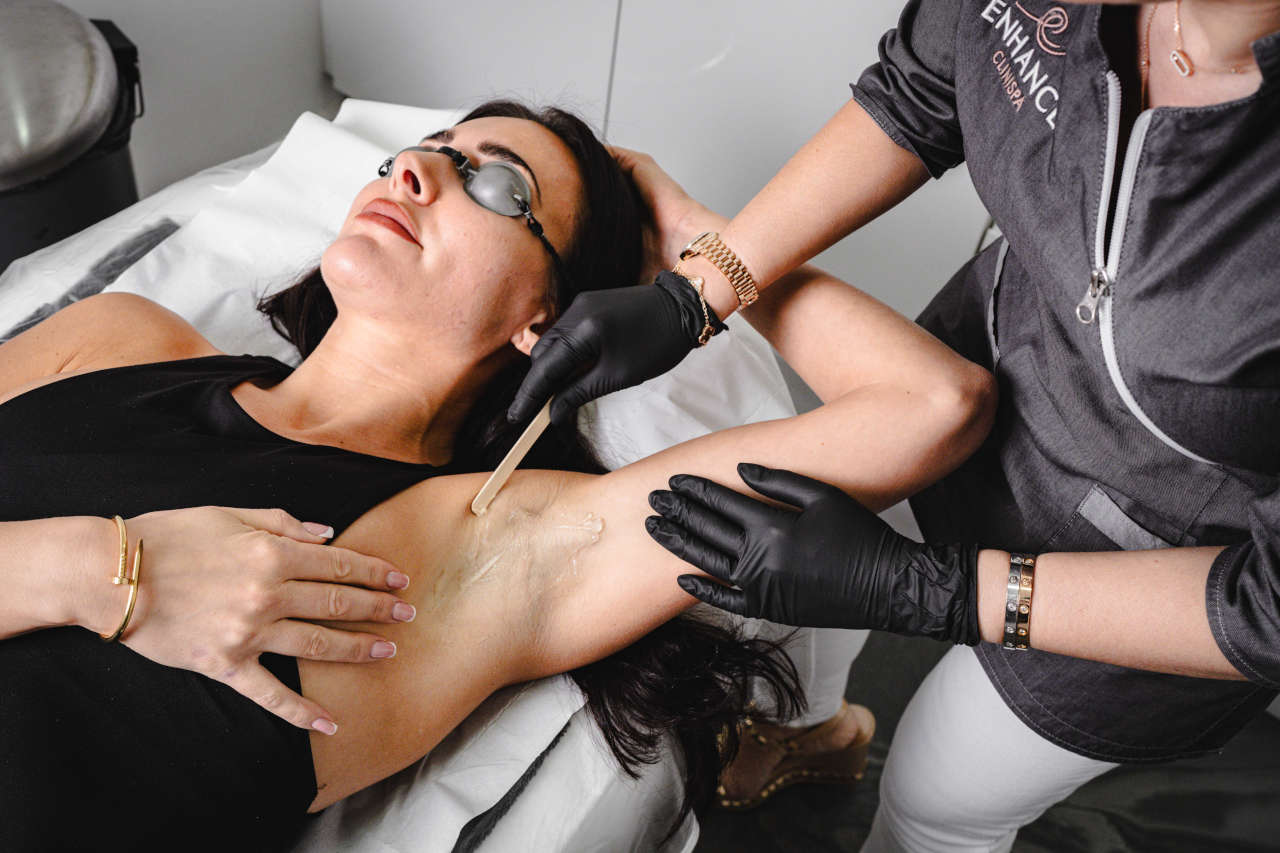Fungal Nails
Fungal nails, also known as onychomycosis, are a common condition caused by fungal infections that affect the toenails or fingernails. They often begin as a small white or yellow spot under the nail and gradually spread, leading to thickened, brittle, discolored, or misshapen nails. The infection is usually caused by dermatophytes, though yeasts and molds can also be responsible. Warm, moist environments—such as sweaty shoes, communal showers, or swimming pools—encourage fungal growth, and the condition is more common in people with reduced immunity, diabetes, or poor circulation. While fungal nails are not usually painful at first, they can cause discomfort, difficulty walking, or embarrassment as the infection progresses. Treatment can involve antifungal medications, topical solutions, or in some cases, removal of the affected nail, but the infection often takes time and persistence to fully resolve.

What causes acne?
Discover what causes this condition and how it can it can impact you.

Hormonal Changes
Fluctuations in hormones, particularly during puberty, menstruation, pregnancy, and when using birth control, can lead to increased oil production, contributing to clogged pores.

Excess Sebum Production
Fluctuations in hormones, particularly during puberty, menstruation, pregnancy, and when using birth control, can lead to increased oil production, contributing to clogged pores.

Clogged Pores
Fluctuations in hormones, particularly during puberty, menstruation, pregnancy, and when using birth control, can lead to increased oil production, contributing to clogged pores.

Bacteria
Fluctuations in hormones, particularly during puberty, menstruation, pregnancy, and when using birth control, can lead to increased oil production, contributing to clogged pores.

Inflammation
Fluctuations in hormones, particularly during puberty, menstruation, pregnancy, and when using birth control, can lead to increased oil production, contributing to clogged pores.

Diet
Fluctuations in hormones, particularly during puberty, menstruation, pregnancy, and when using birth control, can lead to increased oil production, contributing to clogged pores.

Stress
Fluctuations in hormones, particularly during puberty, menstruation, pregnancy, and when using birth control, can lead to increased oil production, contributing to clogged pores.

Medications
Fluctuations in hormones, particularly during puberty, menstruation, pregnancy, and when using birth control, can lead to increased oil production, contributing to clogged pores.

Genetics
Fluctuations in hormones, particularly during puberty, menstruation, pregnancy, and when using birth control, can lead to increased oil production, contributing to clogged pores.

Cosmetic Products
Fluctuations in hormones, particularly during puberty, menstruation, pregnancy, and when using birth control, can lead to increased oil production, contributing to clogged pores.
